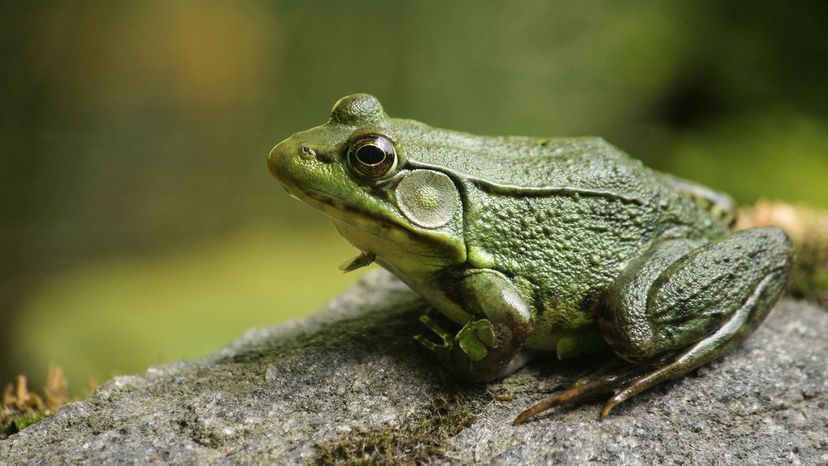
Key Takeaways
- Toads have dry, bumpy skin, while frogs have smooth, moist skin that helps them thrive in water.
- Frogs have long hind legs for leaping and swimming, whereas toads have shorter legs suited for walking and short hops.
- Frogs often exhibit more vibrant colors to attract mates and warn predators, while toads are typically camouflaged in browns, greens and grays.
It’s time to set the record straight about toad vs. frog identification. On the surface, these amphibians appear a lot alike, thanks to similarities in their body types, behavior and scientific classifications. But the truth behind their similarities and differences, it turns out, can be more complicated.
Both frogs and toads are members of the order Anura. However, frogs can belong to many different families, while toads belong only to the family Bufonidae. Additionally, from a scientific classification standpoint, every toad is technically a frog. To make things even more confusing, not all frogs are toads.
Advertisement
But that’s just the start when it comes to comparing toads and frogs, with there also being major differences in their anatomy, habitats and offspring. Read on to learn more about what sets true toads apart from true frogs.
Advertisement